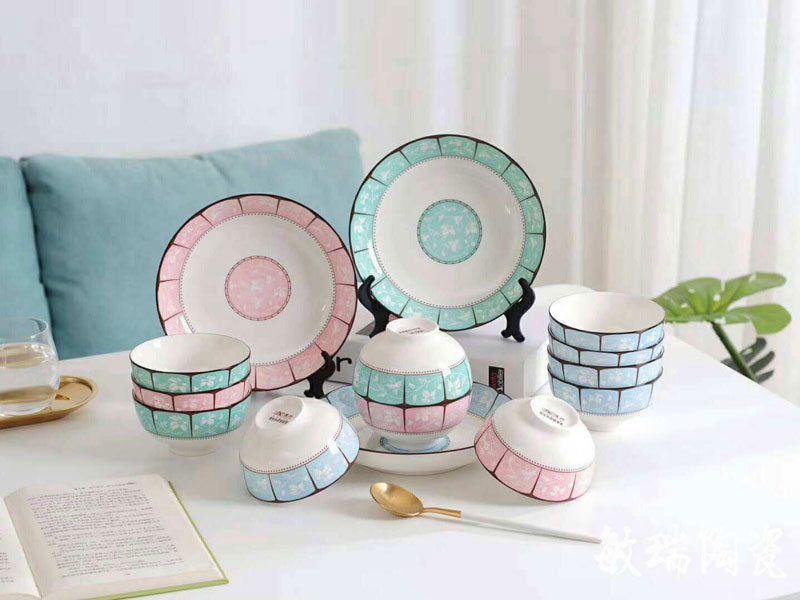The Current Situation of Modeling Design of Household Ceramic Tea Wares
By:Guangdong Dalin Houseware Co. Ltd-Pursue perfection_ Create flawless perfection
Go Back
Currently, the production of daily ceramic tea utensils is mostly conducted in the form of workshops due to the complex process, and a reasonable division of labor has been formed in the production and creation process. Each process forms a different type of work, such as casting, trimming, painting, glaze application, kiln firing, and other different links have a professional division of labor
Daily ceramic tea utensils follow 72 processes of manual porcelain making, with different shapes and characteristics of different times. In the production process of ceramic tea ware, the design of the shape most embodies ingenuity, and is generally designed based on bionic, geometric, artistic, and special shapes. Silver silver porcelain tea ware has different shapes, including common or special shapes such as bamboo hat cups, pots, justice cups, covered bowls, monk hat pots, pots, and warm bowls, which can meet the needs of different groups of people
The charm of silver porcelain tea ware and the decorative patterns of ceramic tea ware emphasize the unique flavor of Zen tea. The decorative themes of tea utensils mostly coincide with the themes favored by literati. The paintings of literati began with Wang Youdang, followed by Dong Yuan, Juran, Li Cheng, and Fan Kuan. Li Longmian, Wang Jinqing, Minan Palace, and Hu Er were all derived from Dong and Ju, until the four great masters of the Yuan Dynasty, Huang Zijiu, Wang Shuming, Ni Yuanzhen, and Wu Zhonggui, were all authentic. "My court, Wen, and Shen, are far away from my mantle.". Ruoma, Xia, Li Tang, and Liu Songnian were also sent by General Li, and they were not taught by Cao Cao. These typical literati painting themes have many manifestations in the decorative themes and patterns of ceramic tea utensils, such as the common themes in literati paintings, such as the plum, orchid, bamboo, chrysanthemum, four gentlemen, and flowers and birds. On ceramic tea utensils, they either express the elegance of the picture, or express the auspicious implication, or express the literati feelings of the author, or the artist borrows materials to express his aspirations.

